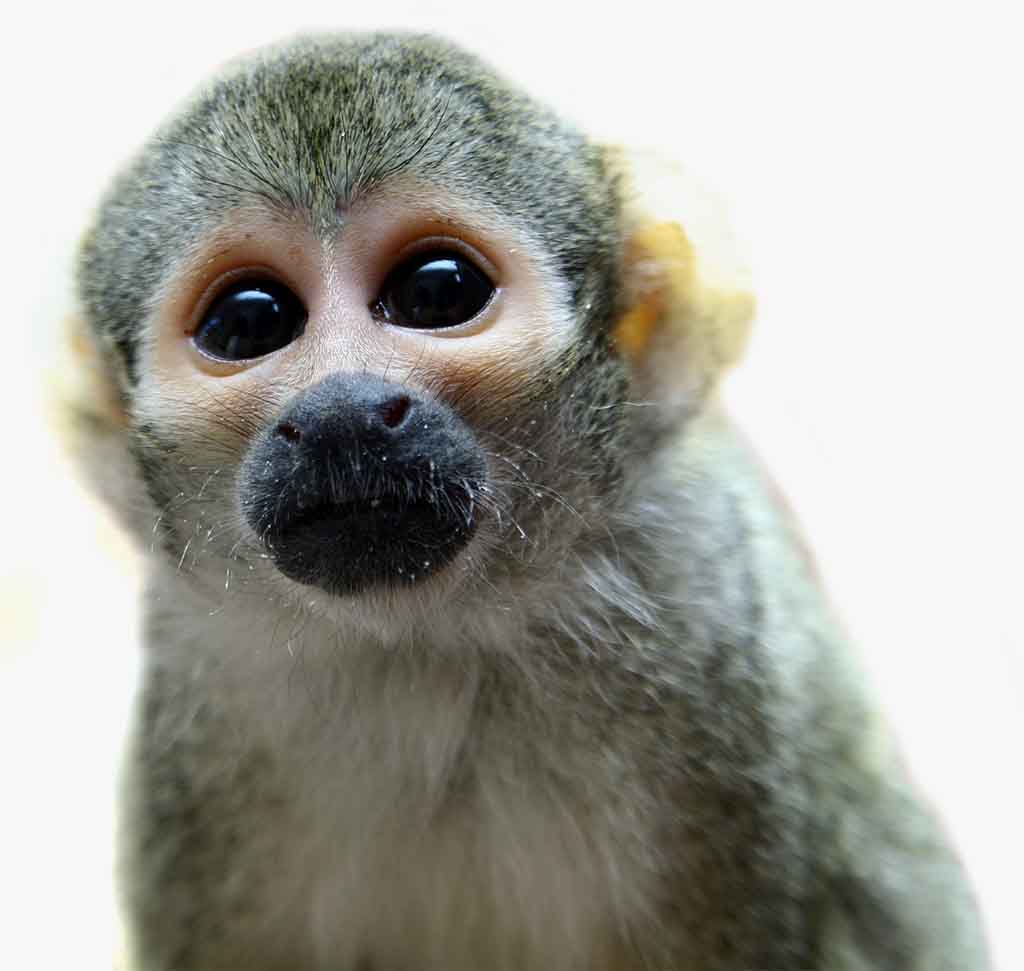The spotted eagle-owl (Bubo africanus; also known as the African spotted eagle-owl and the African eagle-owl) is a medium-sized species of owl, one of the smallest of the eagle owls. Its length is 45 centimetres (18 in) and its weight is from 454 to 907 grams (1.0 to 2.0 lb). It has a 100 to 140 centimetres (39 to 55 in) wingspan. The facial disk is off white to pale ochre and the eyes are yellow. It has prominent ear tufts, and the upper body is dusky brown, the lower parts off-white with brown bars. Prior to 1999 the spotted eagle-owl was considered conspecific with the greyish eagle-owl, but now it is classed as a separate species.
Its prey mainly consists of rodents, small mammals, birds, insects and reptiles. Although it has a dietary preference for small mammals such as rodents and shrews.[5][6] It often swallows its prey whole, with much head-jerking, pausing and resting in between, while a portion of the prey remains inside the mouth, until the prey can finally be swallowed down completely. Undigested substances such as feathers and bone are regurgitated within the next 24 hours of ingestion in the form of a pellet. For prey too large to swallow whole, the owl will tear pieces of meat from the prey, and will also tear shreds to feed nestlings. The male will hunt and bring food when the female cannot leave the nest. Sometimes, even in conditions verging on starvation, he will tear the head off a mouse, but bring the body for the female to feed to the young, or to eat herself if the eggs have not yet hatched. The species is a more generalist feeder, in contrast to say, the barn owls (Tyto) and is accordingly itinerant, remaining in a given region to hunt for a few weeks or months, then moving on when the local prey is no longer plentiful or easy to catch. Typically it will return at odd intervals of a year or two, depending on local conditions. An adult pair is typically very aggressive in defence of its hunting territory, and one obstacle for an adolescent to overcome is to find good feeding grounds where there are no incumbent adults to eject or kill it.
The African Spotted Eagle Owl is native to sub-Saharan Africa and the Arabian Peninsula and is found in rocky desert, woodland and savannah.
They are carnivores (meat eaters) and their diet consists of small mammals, birds, reptiles, insects, amphibians and carrion (dead meat).
20 years in captivity.
Least Concern.
They are well adapted for catching their prey as they can fly almost silently and have very good long distance eyesight for spotting prey from far away.
